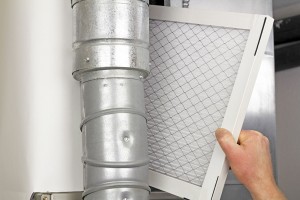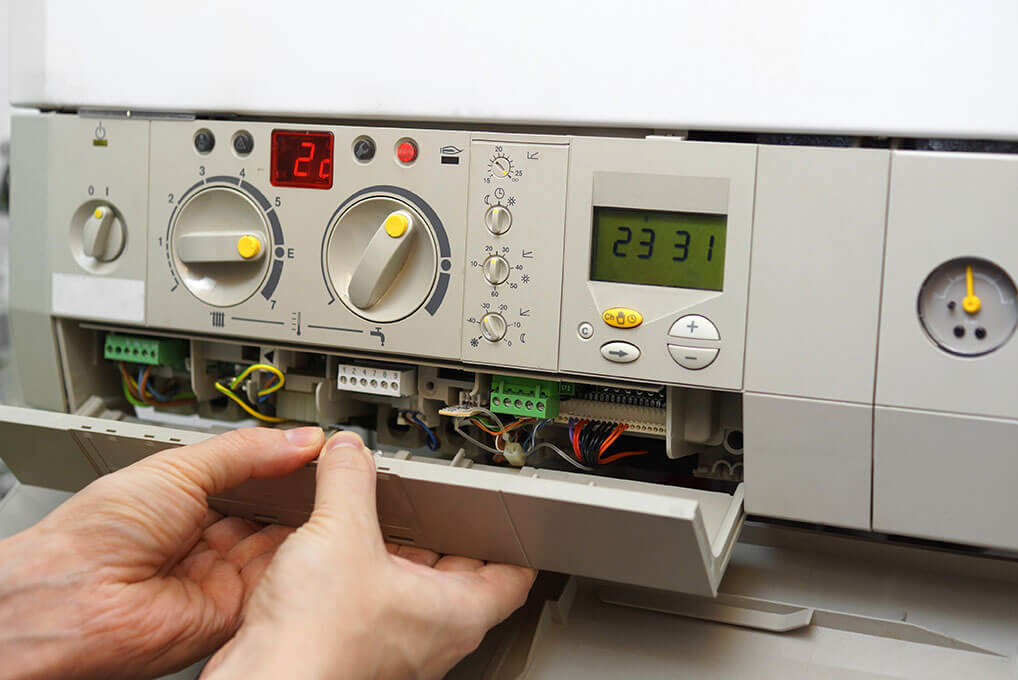A properly working furnace has a significant influence on the comfort, safety and health levels of your home. Moreover, when your furnace system is equipped to work in the most efficient manner, it translates to reduced energy consumption and lower energy power bills for you. That’s why it’s important to always check on your furnace regularly so you can detect problems early.
Despite vigilant maintenance, however, there will still be a possibility that your furnace will suddenly become unreliable, or worse, completely conk out on you. The best response is to get help from experts to ensure the problem gets fixed urgently before it becomes an even more serious situation. But for some homeowners who have more time in their hands, are looking to cut costs, and are interested in DIY fixes, another practical option is to look first if you can make some simple remedies that get the furnace working smoothly once again.
The following are some furnace troubleshooting steps you can implement before deciding if professional help is needed:
Check the thermostat.
- The switch for the furnace should be turned on. The standard switch, circuit breaker and fuse where the furnace is connected should be on as well.
- Temperature settings should be pointing to “heat” rather than “cool.”
- The temperature should be at least 5 degrees higher than the temperature in the room.
- Time settings should be accurate.
- Thermostat wiring should be in good condition; there should be no loose components, breaks or disconnections.
Check the battery.
- Check every time there is a power outage.
- Replace if the battery has no more power.
- When the battery goes dead, the thermostat settings will go back to default; make the necessary adjustments.
Check the filters.
- Clean the filters. Dust, dirt and sootare the common causes of restricted airflow and overheating, which often leads to an automatic shut off of the entire system.
- A problematic filter may also be the reason why no heat is being released even if the blower is operating. Shut the system off and try to replace the filter to see if this resolves the issue.
- Flat filters should be replaced at least monthly (or earlier, if light doesn’t pass through them if you hold them up against it).
- Pleated filters can be used longer, for up to 3 months, depending on the dust/pest situation in your home.
- If the blower is making rattling or squealing noises, try tightening the cover panel screws or reattaching the motor belt.

Finally, keep in mind that the solutions for your furnace problems will depend on various factors, including the type of furnace (conventional or high-efficiency), how simple or complicated your installation is, and the energy system in your property, among others. If these fast fixes don’t work, do not attempt making advanced repairs. Call a trusted heating and cooling professional team immediately.



